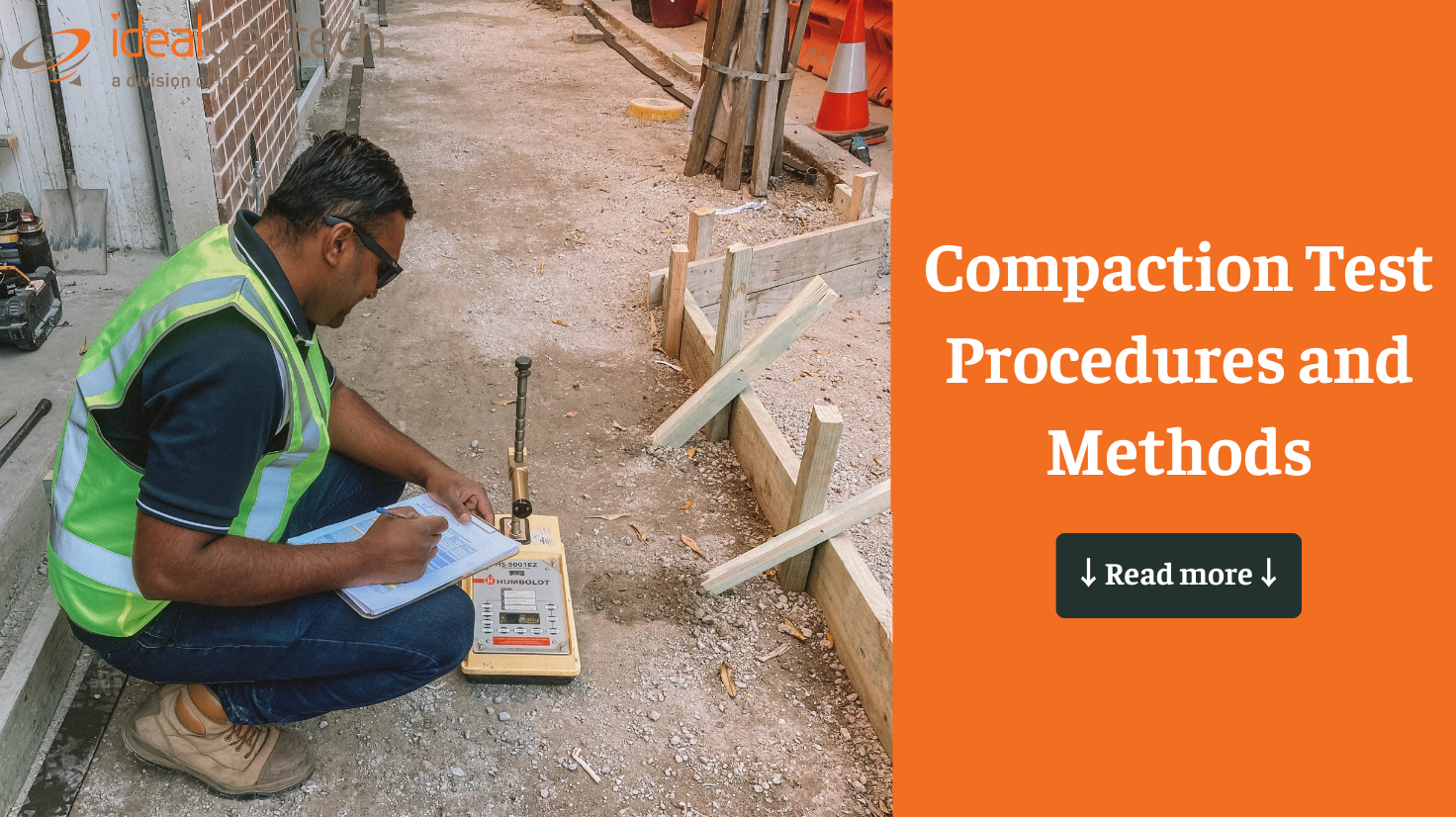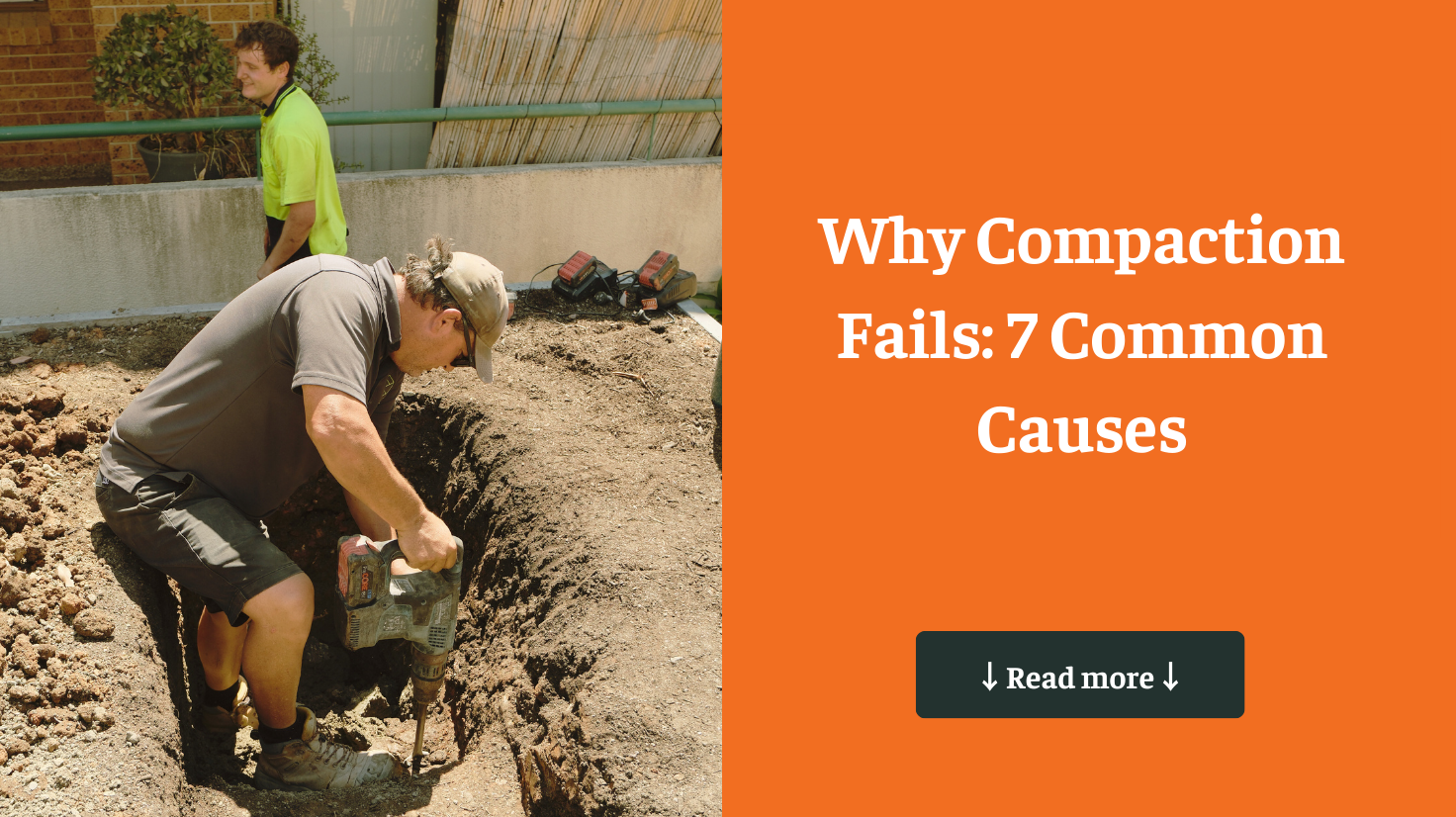Compaction Test are fundamental in geotechnical engineering, serving as a cornerstone in ensuring that soil and other construction materials are compacted to the necessary density. This process is essential for providing the stability, strength, and longevity required for various structures, including roads, embankments, and foundations. Proper compaction helps prevent issues like excessive settlement, structural failure, and instability, which can compromise the safety and functionality of the constructed facility.
In this comprehensive guide, we will delve into the various compaction test procedures, explore field testing methods, and discuss the standard codes and best practices that are critical for successful compaction testing.
1. Understanding Compaction Test Procedures
Compaction tests are designed to measure the density of soil or other materials after compaction, ensuring that the compaction level meets the project’s specific requirements. These tests are vital because they help engineers determine whether the compacted material can support the intended loads without experiencing undue settlement or failure.
The typical process of a compaction test involves several key steps:
- Sample Preparation: A representative soil sample is collected and prepared under controlled laboratory conditions. The sample’s properties, such as moisture content, are carefully monitored to replicate field conditions accurately.
- Compaction Process: The soil sample is compacted using standardized equipment, typically a compaction mold and a mechanical rammer or a vibrating hammer. The compaction is performed in layers to simulate the actual conditions that will occur in the field.
- Density Measurement: After compaction, the density of the soil sample is measured. This involves determining the mass of the compacted soil and calculating its dry density by factoring in the moisture content. The results are compared against the project’s specifications to ensure that the required level of compaction has been achieved.
These test results are crucial for confirming that the soil has reached the optimal compaction level, which is vital for the stability and performance of the construction. If the soil does not meet the specified density, it may require additional compaction or adjustments in moisture content before construction can proceed.
2. Field Compaction Testing Methods and Applications
Field compaction tests are conducted on-site to verify that the soil compaction achieved during construction aligns with the project’s specifications. These tests provide real-time data, enabling engineers and construction teams to make necessary adjustments on the spot to ensure the integrity of the structure being built. Common field compaction testing methods include:
- Sand Cone Test is one of the most widely used methods for measuring the in-place density of compacted soil. The procedure involves excavating a small, precise hole in the compacted soil, which is then filled with calibrated sand from a cone apparatus. The volume of sand required to fill the hole is measured, and this, combined with the weight of the excavated soil, allows the calculation of the soil’s in-place density. This method is highly accurate and is commonly used in various construction projects, particularly in road construction.
- Nuclear Density Test is a faster and more efficient method for determining soil density and moisture content. This method uses a nuclear gauge, which emits radiation into the soil. The gauge measures the reflected energy, which correlates with the soil’s density and moisture content. Due to its speed and efficiency, the Nuclear Density Test is particularly popular in large-scale projects such as highways and airfields, where rapid, continuous testing is required.
- Drive Cylinder Method involves driving a metal cylinder into the compacted soil to extract a core sample. The extracted soil sample is then weighed, and its volume is determined to calculate the soil’s density. This method is particularly useful for granular soils, such as sand and gravel, where other testing methods may be less effective. The Drive Cylinder Method provides a direct measurement of soil density and is often used in the construction of embankments and foundations.
These field-testing methods are essential for ensuring that the compaction achieved during construction meets the required standards, providing a solid foundation for the structures being built.
3. Standard Codes and Best Practices for Compaction Testing
Following standard codes and best practices ensures that compaction tests are accurate and reliable. Key standards and guidelines include:
- ASTM D698: This standard, developed by ASTM International, outlines the test methods for determining the laboratory compaction characteristics of soil using standard effort. It provides guidelines for conducting Proctor tests, which are designed to determine the optimal moisture content and maximum dry density of soils. ASTM D698 is commonly used for projects where standard compaction efforts are sufficient, such as residential construction and light infrastructure projects.
- ASTM D1557: Similar to ASTM D698, this standard uses a higher compactive effort, making it suitable for projects that require more robust compaction, such as highways, airfields, and heavy industrial facilities. The higher energy levels specified in ASTM D1557 are necessary to achieve the required density in soils that are more difficult to compact.
- AASHTO T99 and T180: These standards, established by the American Association of State Highway and Transportation Officials (AASHTO), are the equivalents of ASTM D698 and D1557. They are widely used in the United States for road and highway construction, providing the necessary guidelines for achieving the proper compaction in soils used in transportation infrastructure.
Following these standards ensures that compaction testing is performed consistently and accurately, providing the reliable data needed for sound engineering decisions. Adhering to these best practices also helps ensure compliance with regulatory requirements and industry standards, minimizing the risk of construction delays and structural failures.
4. Contact Ideal Geotech for Expert Compaction Testing Services
At Ideal Geotech, we offer comprehensive compaction testing services that adhere to the highest industry standards. Our experienced team utilizes state-of-the-art equipment and follows the latest compaction test procedures to ensure your projects meet all required specifications for soil stability and safety.
Whether you’re working on a small foundation or a large infrastructure project, Ideal Geotech has the expertise to support your compaction testing needs. Contact us today to learn more about how we can help ensure the success and longevity of your construction projects.
Order Our Geotechnical Services Now







